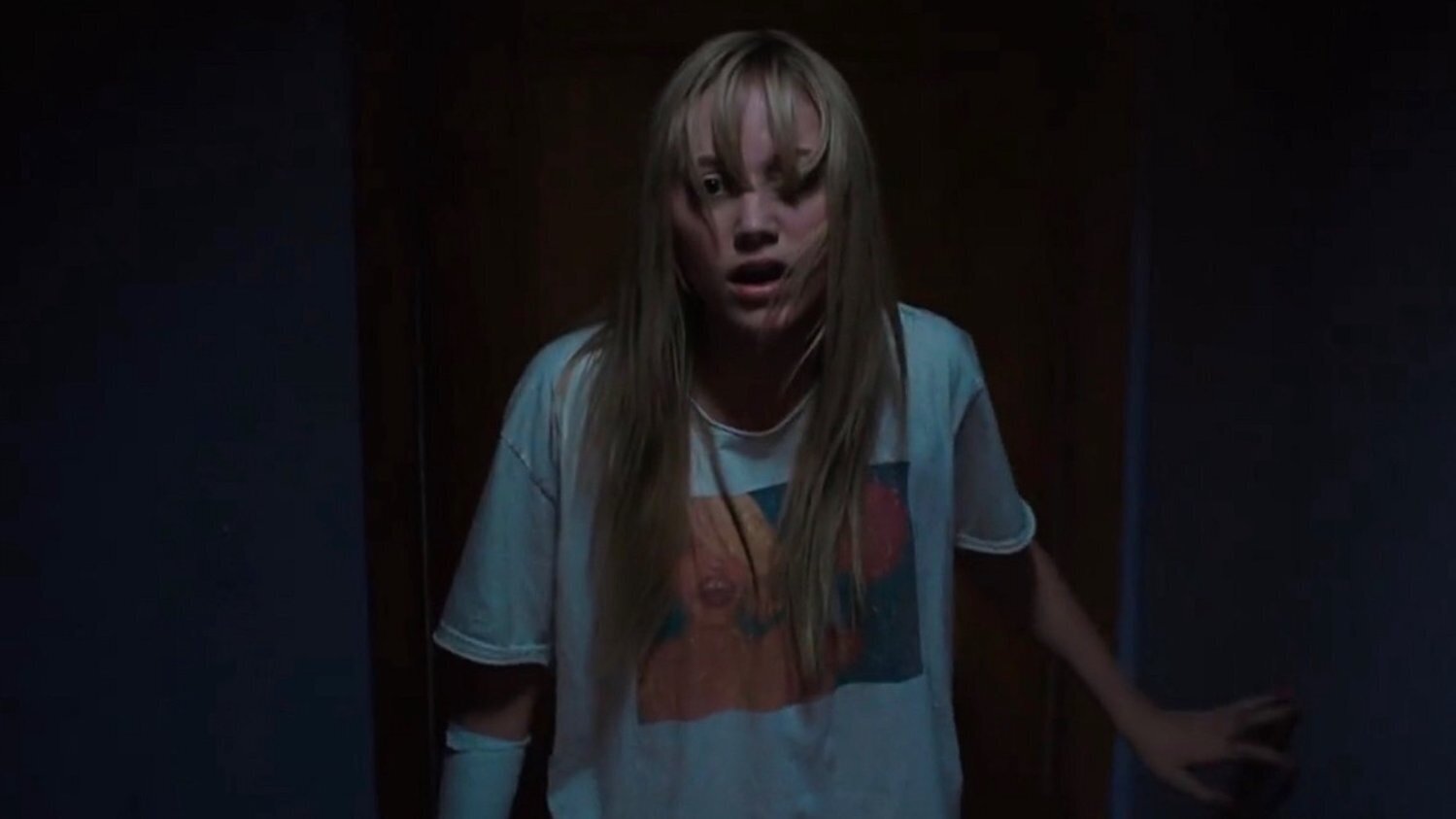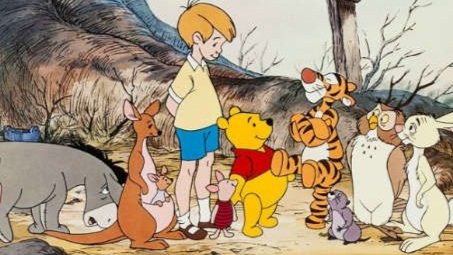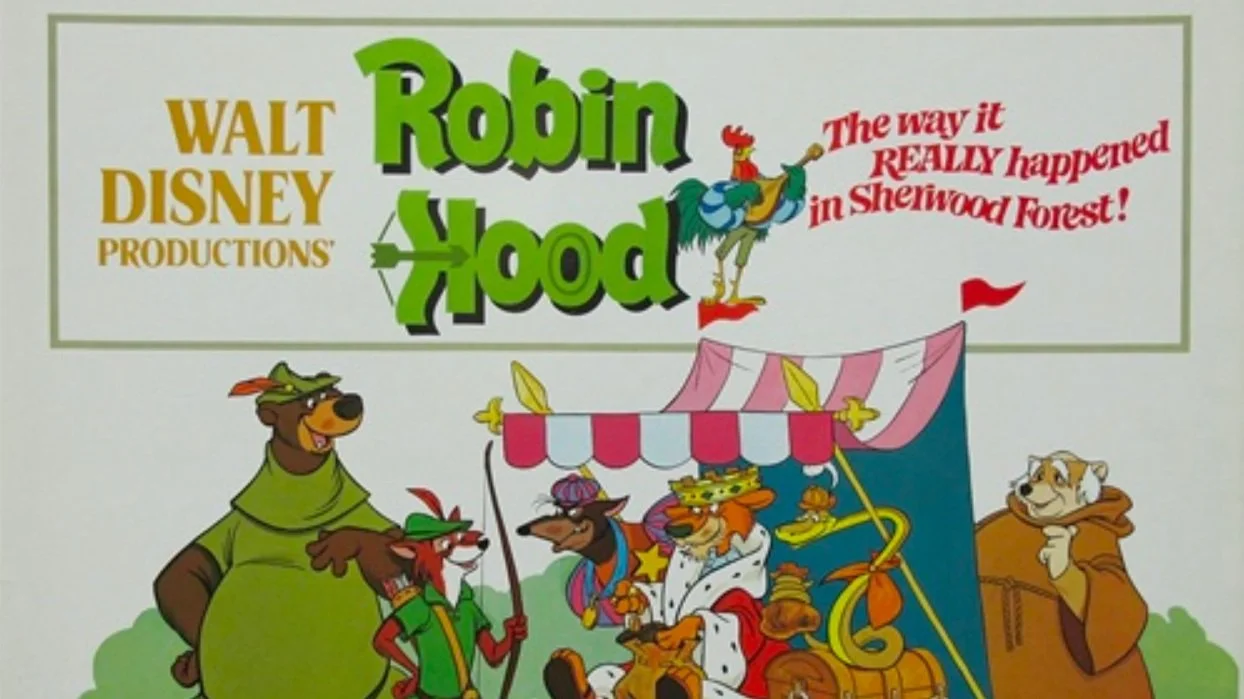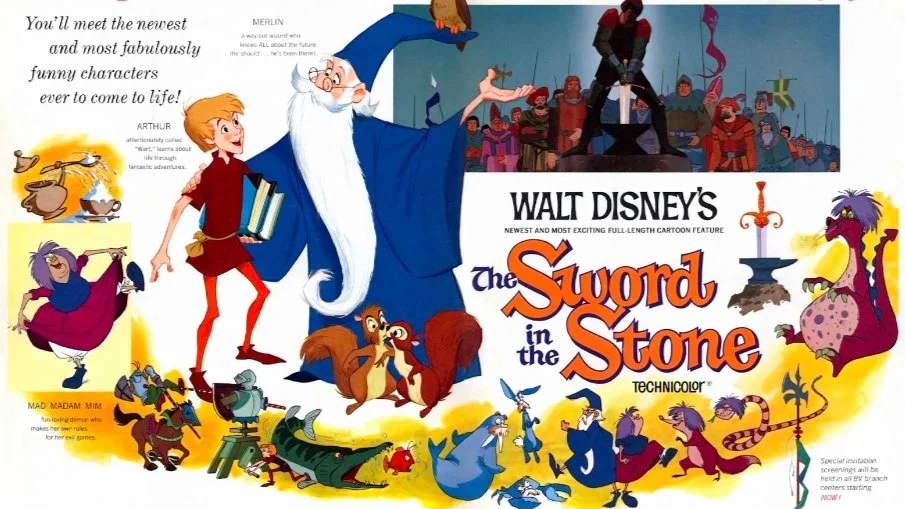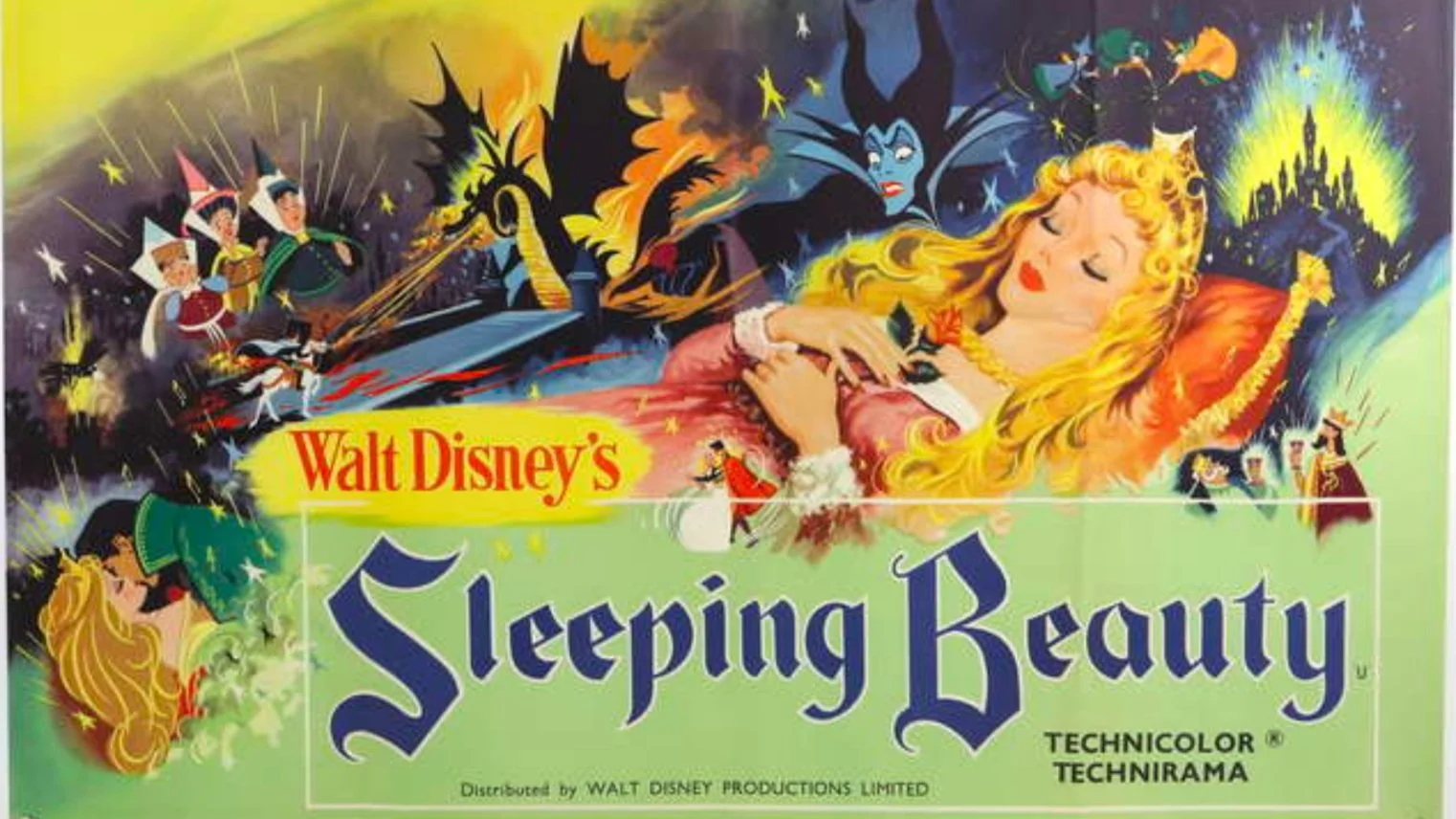Beyond the Final Girl: It Follows and the Weaponizing of Sex
In her 1992 book Men, Women and Chainsaws, Carol J. Clover gave a name to the stock character seen in horror movies, specifically slasher films, for years: the Final Girl. The female protagonist who audiences were asked to relate to, who manages to use her wits (and luck) to defeat the monster that terrorizes everyone around her, and who, by the time she succeeds, is in some way a different person. In laying down some of the rules for this character trope, Clover tells us that the Final Girl “is presented from the outset as the main character”; “she is intelligent and resourceful in a pinch”; and “she is not fully feminine”, which is often confirmed for us by her traditionally male or unisex name. Most importantly, “she is not sexually active”—for it would seem to be that this somehow absolves her from the brutal deaths that her sexually liberated peers suffer.
This trait of the now widely-known character archetype complicates a reading of Jay (played by Maika Monroe), the teenager at the center of David Robert Mitchell’s innovative 2014 horror It Follows, who, for all intents and purposes, is the film’s would-be Final Girl. However, her unambiguous lack of virginity is not only proven to us through a total of three sex scenes (and one implied one), but is also integral to the film’s storyline. After having sex with Hugh, an older guy she’s been dating, in his car after several dates, Jay is told that an entity will now follow her constantly, walking slowly but never stopping, taking the form of different people and only seen by the person it’s following. If the entity reaches and kills her, it will kill Hugh, but if she passes the curse on by sleeping with someone else, she will be free. For 19-year-old Jay, sex was once something fun and exciting, or at the very least something to fill the time in the muted hues of the middle-class suburban town where she and her friends live. Now, sex can no longer be simply fun, or desirable; it’s a necessity if she wants to escape the pervasive horror of forever being followed by something no-one around her can see.
Jay can be described as a Final Girl due to her unisex name (short for Jamie), her resourcefulness which eventually leads to successful defeat of the entity, and her position as the film’s protagonist and the only character available to truly identify with. But it is not only the depictions of Jay being sexually active in the film which subvert the traditional characteristics of the trope; while Clover is clear on the Final Girl’s “unfemininity”, Jay’s character is more complex. Though never sexualized by the camera, she is clearly desired by those around her, with both Greg, her confident and cocky neighbor, and Paul, her shy and besotted childhood friend, offering to sleep with her in order to pass the curse along. After she sleeps with Hugh, she lays on her front across the backseat of his car, brushing her hand over the flowers that have grown in the cracks in the ground beneath her, telling Hugh that she always dreamed of holding a guy’s hand on a date. In bright pink underwear and with a look of naivety that only we as the audience know will soon be shattered—as Hugh appears behind her with a chloroform-doused rag—Jay is a picture of childlike feminine innocence. But later, Jay deliberately puts herself in danger by doing exactly as Clover would have the Final Girl do; “her unfemininity is signaled clearly by her exercise of the ‘active investigating gaze’ normally reserved for males and punished in females when they assume it themselves”. Seeing the entity enter Greg’s house and failing to warn him of the danger, Jay risks her life by running into the house to save him, though she is unsuccessful. It is Jay that comes up with the plan to trick the entity into following her into a situation where she and her friends can finally overcome and kill it. Eventually, Jay exercises control not only over the monster following and harassing her, but over her sexuality, which she now understands can be used to save herself from her fate; after seeing the entity kill Greg and escaping in her car, she spots three men on a boat, at which point she silently undresses and wades into the water towards them. It Follows shows a young woman initially taken advantage of— tricked into sleeping with someone without knowing the terrifying consequences until afterwards—before weaponizing her own sexuality to actively change her situation.
For Clover, sexual emancipation (especially in teenagers) is the result of a desire to escape the oppressive control of the parents. Films such as Carrie and Psycho present possessive mothers desperately trying to protect their children from the dangers of the adult world, and “it is this disabling cathexis to one’s own parents that must be killed and refilled in the service of sexual autonomy”. Interestingly, the parents in It Follows are consistently portrayed as absent, unbothered and/or essentially useless. We assume Jay’s father is dead due to his presence in family photos but not in the home; several shots tell us that her mother is an alcoholic. Though she is dropped off at her home by Hugh, tied up and still in her underwear after their date, and the police are quick to arrive at the house, it is her sister and friends who comfort and look after her, rather than her mother. There appear to be no rules implemented in the teenager’s households, either before or after they or their friends suffer attacks from the entity. When Greg drives Jay, her sister, Paul and their friend Yara to his lakehouse, they ask him if his mom will be angry that he’s gone: “she won’t even know” is his reply. Jay is adamant that her mother not find out about what Hugh told her, or that she is being followed by the entity.
Ironically, as the teenagers walk towards a swimming pool where they plan to finally catch and kill the source of Jay’s fear, Yara complains that when she was younger, her parents wouldn’t allow her to cross the border between the sleepy suburbia of their town and the ambiguous city nearby (though filmed in Detroit, it is never specified where the film is set), presumably due to the perceived dangers that the urban space holds. Jay, glassy-eyed, replies “my mom said the same thing”, though it seems hard to believe that the mother we’ve seen so far would ever be strict. Nevertheless, these middle-class parents are clearly anxious about the horrors of the real world, though any efforts to protect their children have been unsuccessful— the horrors came anyway, in the form of the entity. Disturbingly, the entity often presents itself as a parent, whether it’s Jay’s dad standing naked on her roof, or Greg’s half-dressed mom killing him. Mitchell never confirms why this is, though Hugh does prophesize that sometimes the entity takes on the form of “someone you love, just to get close to you”. Of course, it may also be that the teenagers really do see their parents as monsters that they’ll never escape—or could they simply be yearning for more attention and, possibly, discipline from the people that are supposed to be protecting them? In one of the film’s final shots, we see Jay’s mom offering her affection for the first time, lovingly stroking her daughter’s back as, glass of red wine in view, the camera zooms into a family photo from Jay’s childhood: the nuclear family in the simpler years of childhood innocence.
The Final Girl almost always goes through some sort of character arc throughout the course of the traditional horror film. Though she is often timid to start with, after seeing most, if not all of her friends die at the hands of the monster in question, by the time the Final Girl confronts the killer in the climax, she is now resilient and resourceful. Like Laurie Strode in Halloween and Sally Hardesty in The Texas Chain Saw Massacre, the Final Girl must turn to violence and manipulation to defeat the monster; far from the quiet teen from the beginning of the film, she is a new person. In this way, many classic horror films can be seen as a perverse coming-of-age tale for the Final Girl, who marks her journey into adolescence through this traumatic experience. In It Follows, the motif of water—traditionally a symbol for transformation and change— is employed consistently throughout. In coming-of-age narratives old and new, from The Graduate and Ferris Bueller’s Day Off to Moonlight and Booksmart, water, specifically swimming pools and the ocean, features in some of the most crucial scenes in the protagonists’ journeys. Our first introduction to Jay in It Follows is her floating in a pool in her garden, laughing off her young neighbors when they spy on her. Later, with the knowledge that she may still be being followed by the entity, she tries to relax in the same pool but her fear overcomes her. In the film’s opening, an unnamed girl drives from her house to the local beach, presumably to escape the entity that’s following her, before we see her body twisted in inexplicable ways on the shore the next morning. The same beach is the setting for Jay and Hugh’s kiss before she initiates sex and unwittingly receives the curse; water appears again at the lake house which Jay retreats to, to try and escape her fate. Ultimately, water is what saves Jay from the entity when she remembers that the local swimming pool was where she and Paul first kissed as kids; she then decides to revisit it and lure the entity there to finally kill it.
There is one crucial facet to the Final Girl which may be the reason why, despite the degrading humiliation and sexual objectification that most women in the traditional horror and slasher canon endure, female audiences still turn up in the masses to watch these films: the Final Girl doesn’t need to be saved. As opposed to a damsel in distress figure, the Final Girl doesn’t rely on anyone else to save her from the monster, if only because her friends and accomplices have usually been killed off throughout the movie. This is integral to the female audience of the horror film, according to Clover, because “the moment that [the Final Girl] becomes a hero is the moment that the male viewer gives up the last pretence of male identification”. While Jay is the only real option for meaningful identification, male or female—considering that most of the supporting characters, from Jay’s mother to Greg and Hugh, are untrustworthy and/or harbor ulterior motives—the camera flirts with the idea of the gaze throughout the film. As the camera zooms in towards the car while Jay and Hugh have sex, we’re ostensibly placed in the point of view of the entity, slowly travelling towards the couple. During the many times we can see the entity following Jay, or when Hugh points out a seemingly invisible girl in a yellow dress in the movie theatre that Jay can’t see, we’re experiencing the world from our protagonist’s viewpoint, allowing us to empathize and connect to her. But while Jay exhibits the most resourcefulness, wits and forward thinking when it comes to catching and killing her stalker, eventually it is Paul that truly saves Jay, shooting the entity in the head while it is wrestling with her underwater. In this way, Jay subverts the trope of the Final Girl by being saved by her childhood best friend who’s had feelings for her for years.
It Follows is a stellar example of a modern horror movie subverting and redefining the concept of the Final Girl, whilst still alluding to some of the most infamous characteristics of the trope. Asking the audience to identify with Jay, while presenting the majority of supporting characters as untrustworthy or useless, allows both the male and female viewer to empathize with and follow—no pun intended—a Final Girl who is never sexualized, fetishized or undermined. With its use of negative space to tease its audience into looking for objects in the corner of the screen—a technique also used effectively in the recent adaptation of The Invisible Man—and a haunting score, Mitchell’s film signals a new wave of innovative horror that reimagines the traditional tropes of the genre we know so well.


